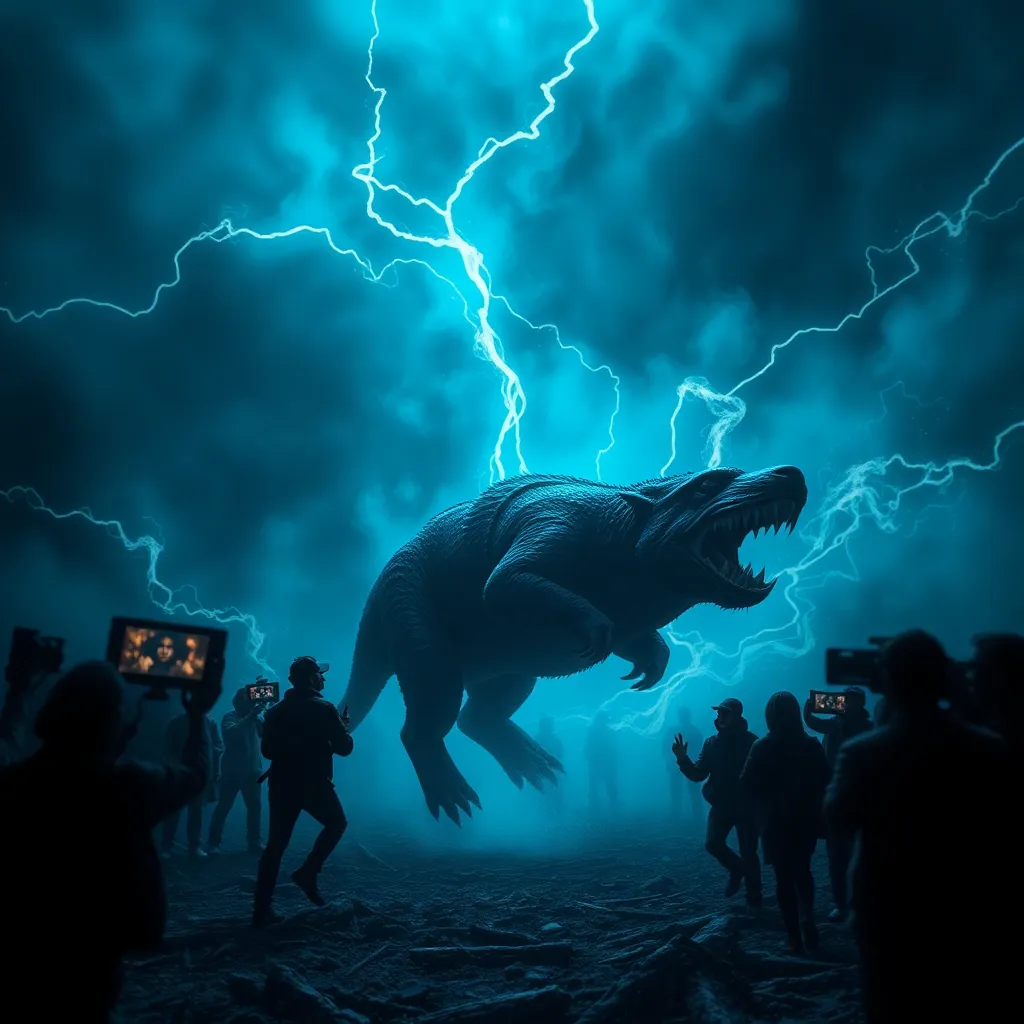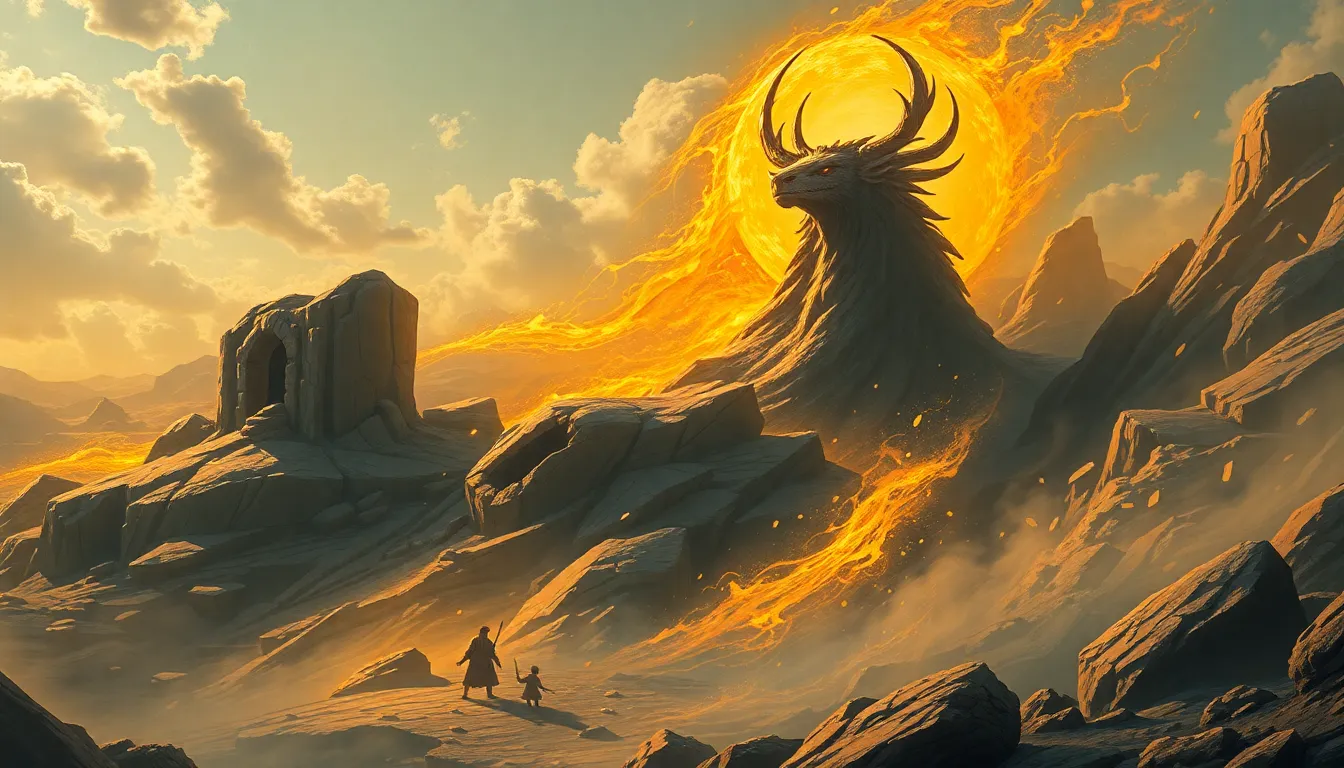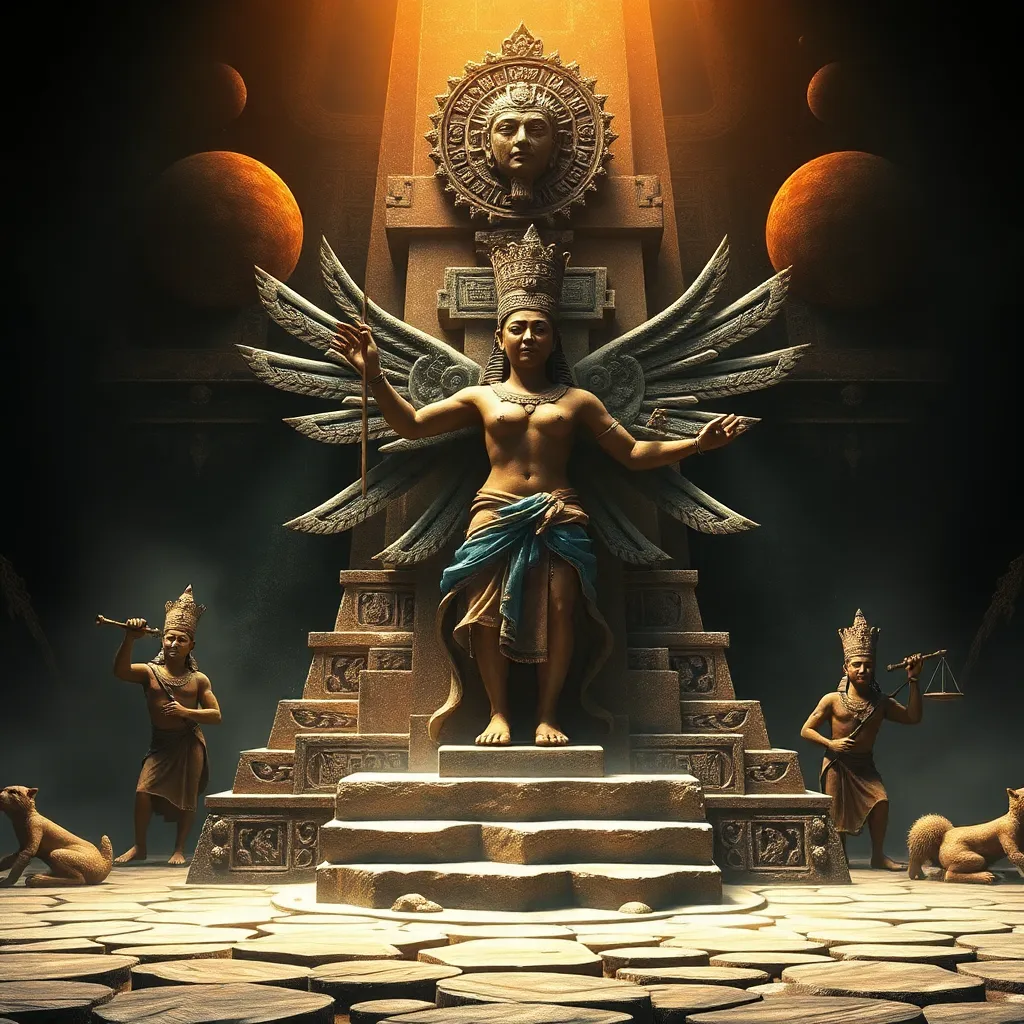The Chupacabra and the Media: Sensationalism and the Perpetuation of the Myth
I. Introduction
The Chupacabra, a creature of folklore that has become a cultural icon, is known for its alleged attacks on livestock, particularly goats. This myth originated in Latin America, where it was first reported in the 1990s and has since spread to various parts of the world. The legend of the Chupacabra has captivated imaginations and sparked debates about the nature of myth and reality.
The media plays a crucial role in shaping public perception of such legends. Through sensational reporting, stories can become larger than life, influencing how the public perceives both the myth and the reality surrounding it. This article aims to explore the media’s role in the sensationalism and perpetuation of the Chupacabra myth, examining how reporting has influenced belief and understanding of this creature.
II. The Origins of the Chupacabra Legend
The Chupacabra legend began in Puerto Rico in the mid-1990s when a series of mysterious livestock killings were reported. Farmers found their goats drained of blood, and the descriptions varied: some said it resembled a reptilian creature, while others described it as a small, hairless dog-like animal.
This myth quickly gained traction in Latin America, becoming a part of local folklore. The Chupacabra’s cultural significance can be seen as a reflection of societal anxieties, particularly concerning agriculture, food security, and the unknown. Over time, the myth has evolved, incorporating various interpretations and sightings, leading to numerous representations across different cultures.
III. The Role of Media in Myth Formation
From the outset, media coverage of Chupacabra sightings has played a pivotal role in shaping the public’s understanding of the creature. Early reports in local newspapers and television broadcasts drew attention to the phenomenon, often sensationalizing the stories to attract viewers and readers.
- Early media coverage: The initial reports were often dramatic, featuring eyewitness accounts and vivid descriptions that fueled public interest.
- Sensational headlines: Headlines that emphasized fear and mystery helped to establish the Chupacabra as a cultural icon, often overshadowing rational explanations.
- Comparison with other cryptids: Like Bigfoot or the Loch Ness Monster, the Chupacabra has been treated similarly in media, often leading to exaggerated tales that blur the line between reality and fiction.
IV. Sensationalism and its Effects on Public Perception
Sensationalism in media can be defined as the use of shocking or exaggerated stories to provoke public interest and excitement. In the case of the Chupacabra, sensationalized reports have had profound effects on public perception:
- Case studies: Several high-profile media stories about Chupacabra sightings have included dramatic reenactments and misleading images, contributing to a climate of fear and fascination.
- Psychological effects: These sensational stories can lead to heightened fears among the public, causing individuals to believe in the creature’s existence without critical examination.
V. The Internet and the Chupacabra Phenomenon
With the rise of the internet, the Chupacabra myth has found new life. Social media platforms play a significant role in the spread of information and misinformation alike:
- Social media: Platforms like Facebook and Twitter allow users to share stories and sightings, amplifying the myth’s reach and influence.
- Viral videos: User-generated content, such as purported sightings captured on video, can quickly go viral, further entrenching the myth in popular culture.
- Meme culture: The Chupacabra has also become a subject of memes, which can trivialize the myth but also keep it alive in public discourse.
VI. Criticism of Media Practices
As the media continues to report on the Chupacabra, ethical considerations arise regarding sensational reporting:
- Ethical considerations: Journalists have a responsibility to report accurately and avoid inflating stories for entertainment value.
- Myth debunking: The media has an obligation to investigate claims critically and provide context that helps the public differentiate between myth and reality.
- Fact-checking: Responsible reporting should include fact-checking measures to prevent the spread of false information.
VII. The Chupacabra in Popular Culture
The Chupacabra has transcended its origins, becoming a fixture in popular culture:
- Television and movies: The creature has appeared in various shows and films, often portrayed in ways that exaggerate its mythos.
- Literature: Books and graphic novels have explored the Chupacabra legend, sometimes blending it with other supernatural themes.
- Influence on beliefs: These fictional representations can reinforce or reshape public beliefs, often blurring the lines between reality and entertainment.
VIII. Conclusion
In summary, the Chupacabra myth is a fascinating example of how media can shape public perception through sensationalism. The origins of the legend, combined with the media’s role in its propagation, illustrate the complex interplay between myth and reality. As society continues to grapple with the Chupacabra myth, it remains relevant in discussions of media ethics and the responsibility of journalists to report truthfully. Ultimately, the Chupacabra serves as a reminder of how easily myths can be perpetuated through sensational storytelling, leaving us to question what we believe in the modern world.



